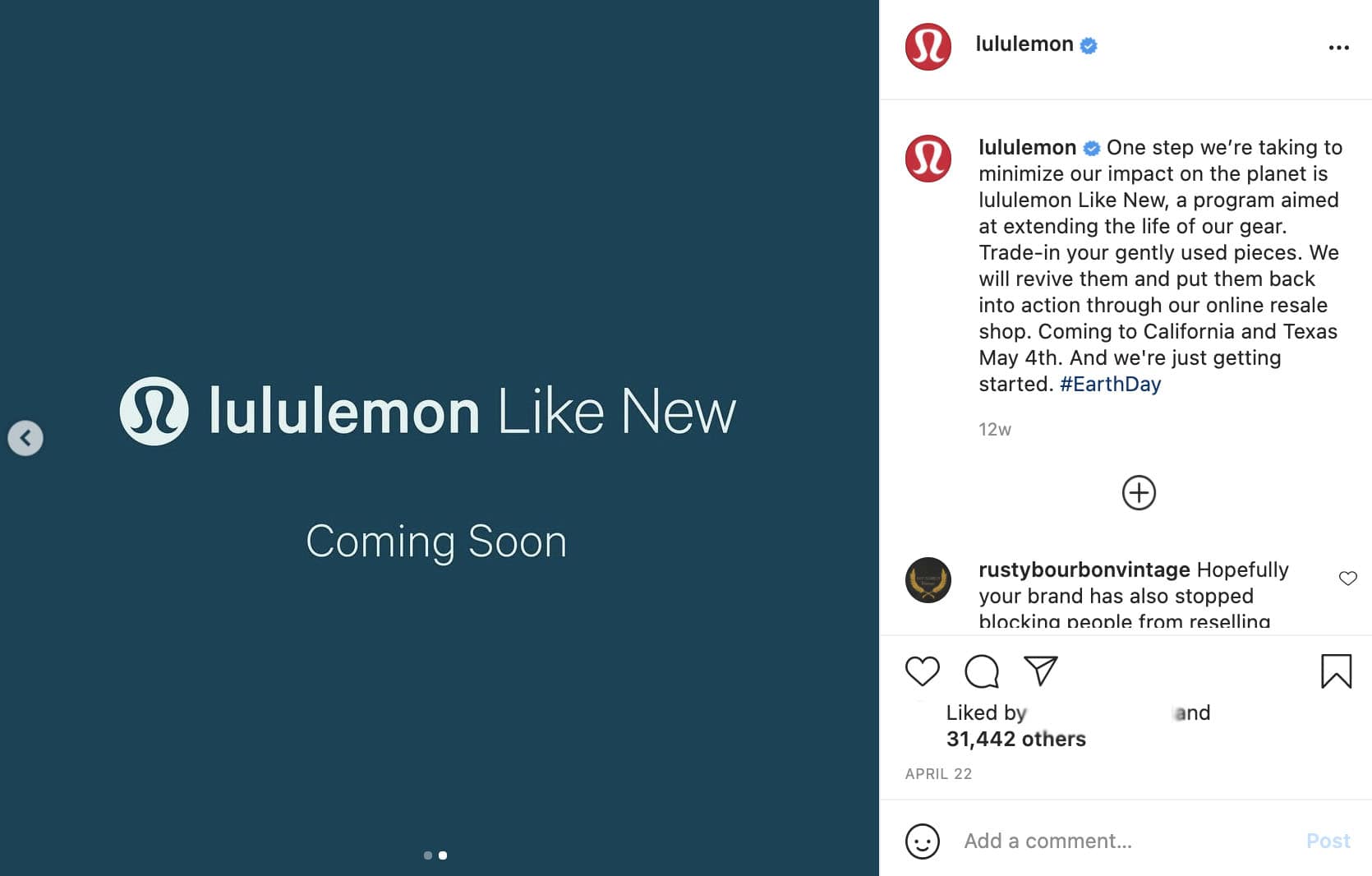Recently, Lululemon announced its program “Like New”, an initiative aimed at collecting gently-worn Lululemon gear and reviving the clothing to re-sell on Lululemon’s online resale shop:

At first glance, the move might seem a bit random coming from the athletic apparel brand — but it makes a lot more sense when you consider buyer personas.
More than likely, Lululemon has identified its buyer persona as someone who lives an active lifestyle and enjoys getting outside. Lululemon’s buyer persona doesn’t just have one interest or value; she has many. And I’m willing to bet the brand has identified that their buyer persona cares about nature, and the importance of sustainability.
This is why buyer personas matter: They help you appeal more authentically and personally to your consumers, expand your reach, and create lifelong brand advocates.
Here, let’s dive into what a buyer persona is.
What is a buyer persona?
A buyer persona is a semi-fictional representation of your ideal customer based on market research and real data about your existing customers.
When creating your buyer persona(s), consider including customer demographics, behavior patterns, motivations, and goals. The more detailed you are, the better.
![]()
Try Our Make My Persona Tool to Create Your Own
Buyer personas provide tremendous structure and insight for your company.
A detailed buyer persona will help you determine where to focus your time, guide product development, and allow for alignment across the organization. As a result, you will be able to attract the most valuable visitors, leads, and customers to your business.
Ready to put this definition into practice? Learn how to create a detailed buyer persona for your business.
![]()


![Blog - Buyer Persona Template [Updated]](https://i4lead.com/wp-content/uploads/2021/08/b9eb5e3d-dd13-4f36-9b7f-1ea13e714da2.png)